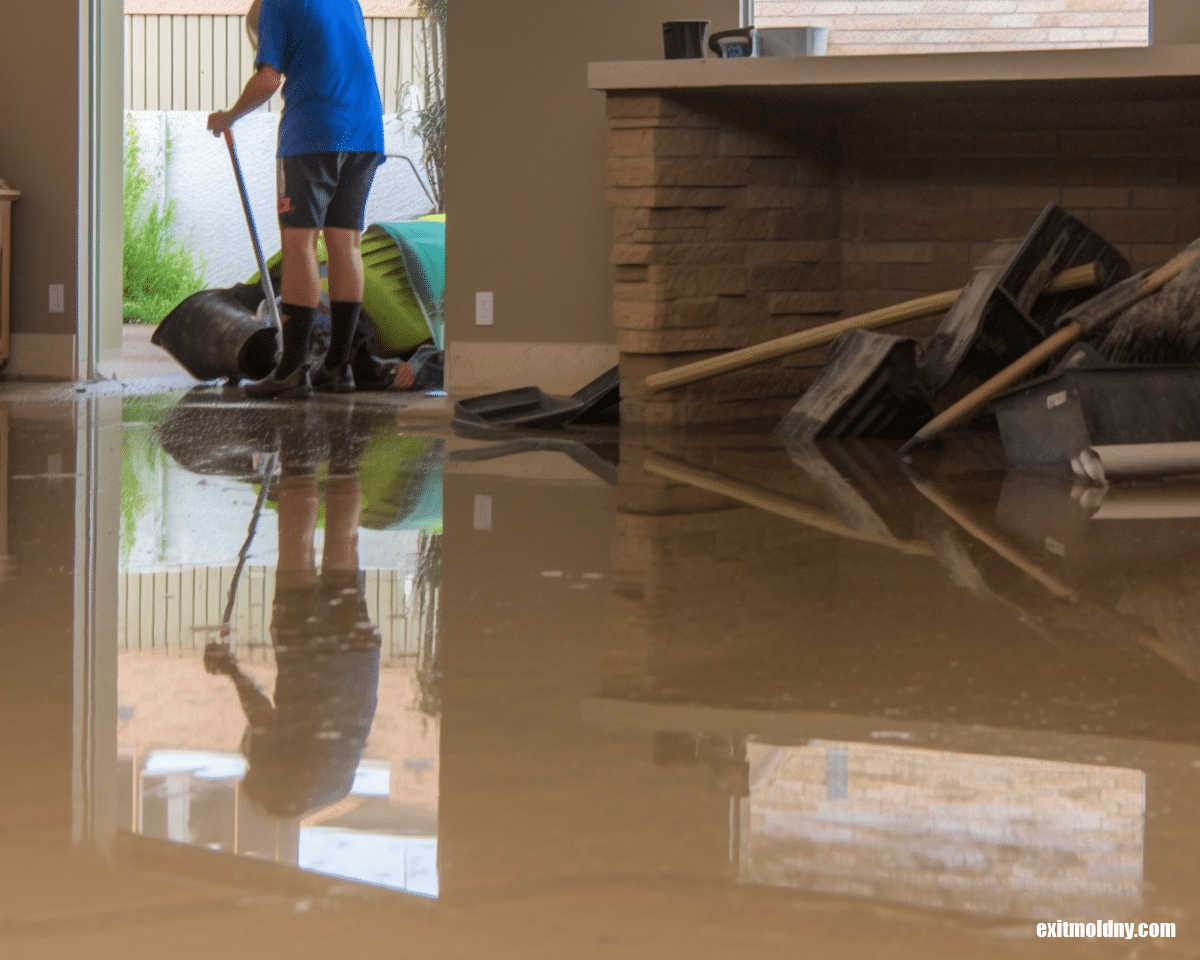Lead Removal Contractors-- Experienced Professionals for Lead Abatement
Lead Removal Contractors-- Experienced Professionals for Lead Abatement
Blog Article
Comprehensive Guide on Effective Lead Infraction Elimination Techniques
In the world of ecological safety and security, addressing lead infractions requires a thorough and structured approach. This extensive guide begins by highlighting the important first actions of recognizing lead threats through advanced assessment and testing methods. Techniques such as XRF evaluation and dirt clean tasting are crucial in determining contamination resources. The guide elaborates on the importance of sticking to rigid security procedures during the elimination procedure, including the usage of correct PPE and separating affected locations. The succeeding sections promise to review post-removal confirmation and precautionary techniques, ensuring lasting security and compliance. Discover the detailed details that make these techniques not simply efficient but crucial.
Recognizing Lead Risks
Recognizing lead risks is a critical primary step in mitigating the dangers connected with lead exposure. Lead, a hazardous metal, can be present in different ecological mediums, including paint, soil, water, and dirt. It poses serious wellness threats, particularly to kids and expectant women, resulting in neurological damages and developing hold-ups. For that reason, exact recognition of possible lead resources is necessary for efficient remediation.
The preliminary phase in recognizing lead dangers entails comprehending common lead sources within the built atmosphere. Structures developed before 1978 are especially at risk because of the common use of lead-based paint during that duration. Furthermore, dirt contamination can occur from degrading exterior paint, commercial exhausts, or historic usage of leaded fuel.
Another considerable source is lead piping and pipes fixtures, which can leach introduce drinking water. Consumer products such as toys, porcelains, and imported products may likewise include unsafe lead levels. Significantly, work-related atmospheres and pastimes involving lead can track contaminants into homes.
Assessment and Screening
When addressing lead hazards, efficient evaluation and testing are critical. This critical action ensures the identification and metrology of lead existence, thereby guiding subsequent removal initiatives. First evaluation typically entails an aesthetic assessment to determine prospective lead resources, such as weakening paint or infected dust. This is enhanced by even more rigorous screening approaches to ascertain the degree of contamination.

Dirt wipe tasting is one more critical technique, especially in household settings. By collecting samples from floors, windowsills, and various other surface areas, this approach gives insights into potential exposure dangers. Dirt screening around structure borders is crucial to detect lead contamination that could pose hazards, especially to children.
Safe Removal Procedures
Upon finishing thorough evaluation and use this link testing, applying secure removal procedures is the next vital stage in resolving lead dangers. This procedure makes certain that lead-contaminated products are properly and securely removed, decreasing threat to both employees and residents. The primary step includes separating the afflicted area making use of plastic sheet and correct securing techniques to stop the spread of lead dirt.
Employees have to put on ideal personal protective equipment (PPE), including respirators, handwear covers, and non reusable coveralls, to reduce exposure. Using specialized devices and damp techniques, such as wet sanding or utilizing HEPA-filtered vacuums, reduces the dispersion of lead bits. It is vital to avoid dry fining sand or abrasive blasting, as these approaches can produce damaging lead dust.
Waste disposal is an additional important part; all contaminated materials have to be safely nabbed and classified according to EPA and local guidelines. In addition, extensive cleansing of the work location with HEPA vacuums and damp wiping makes sure the elimination of residual lead bits.
Post-Removal Confirmation

Confirmation of successful lead elimination, understood other as post-removal confirmation, is important to make certain the safety and habitability of the remediated area. This examination makes certain that all recognized sources of lead have been addressed and that no noticeable signs of contamination remain.
Adhering to the aesthetic examination, environmental tasting is carried out. This entails accumulating dirt, soil, and occasionally water samples from the remediated location. Certified labs assess these samples to gauge lead levels, guaranteeing they drop below the safety limits developed by regulative bodies such as the Environmental Defense Agency (EPA)
Additionally, air quality screening might be executed to identify airborne lead bits, especially in situations where extensive lead-based paint elimination or remodelling has actually happened. The outcomes of these tests provide measurable data verifying that the lead degrees are within permissible restrictions.
Ultimately, post-removal verification functions as a critical checkpoint, validating the performance of the lead reduction initiatives and securing the health of residents and visitors.
Preventive Steps and Upkeep

A key precautionary action consists of using lead-safe accredited specialists for any type of improvement, fixing, or paint activities. These specialists are educated in techniques that minimize lead dust and debris. Furthermore, preserving colored surface areas to prevent breaking or peeling off is important, as deteriorating paint can release lead particles into the setting.
Educational campaigns targeting homeowner and lessees pertaining to the risks of lead and the significance of reporting any kind of prospective hazards can even more enhance preventive initiatives. Regular cleaning over here using HEPA vacuum cleaners and damp mopping methods can significantly minimize lead dust accumulation.
Conclusion
In recap, effective lead infraction removal necessitates a precise approach encompassing extensive analysis, accurate screening, and stringent elimination treatments. Making certain safety and security through proper seclusion and individual safety tools stays extremely important. Post-removal confirmation through ecological tasting and air quality testing substantiates compliance with well-known safety criteria. Moreover, ongoing examinations and upkeep are vital to mitigate future lead threats, thereby guarding public health and making certain sustained conformity with regulative requirements.
Report this page